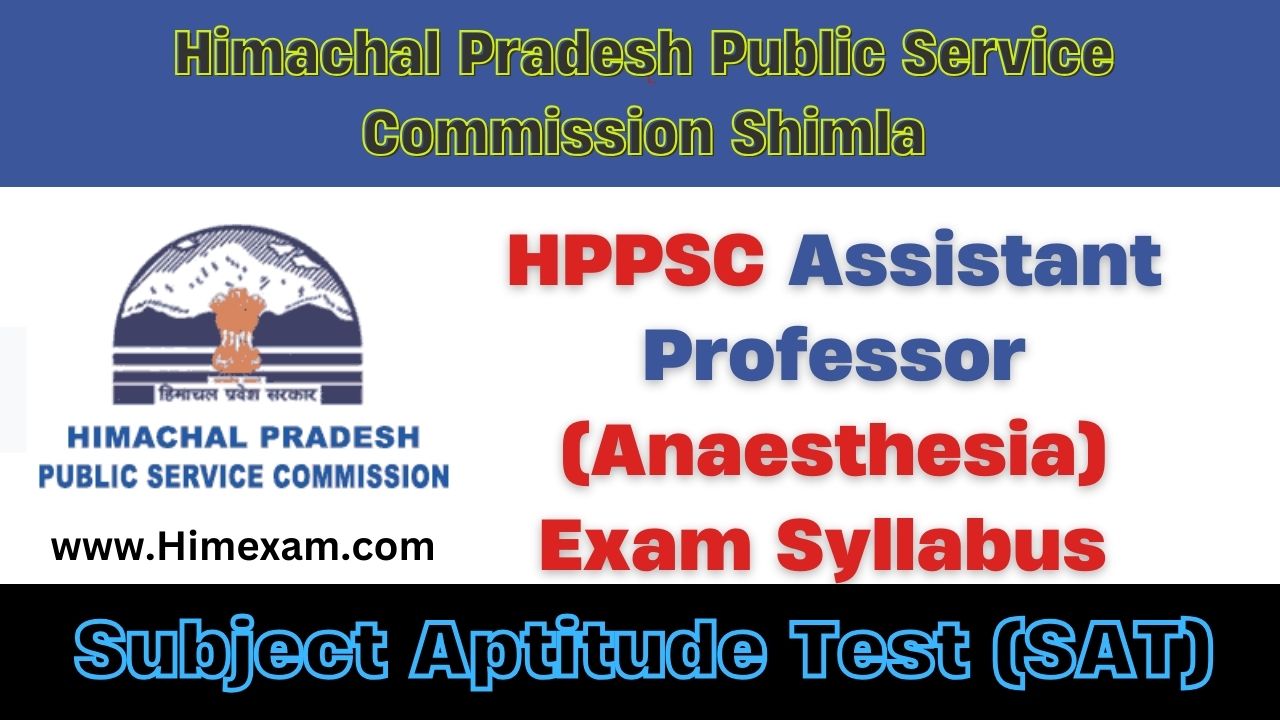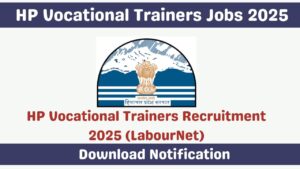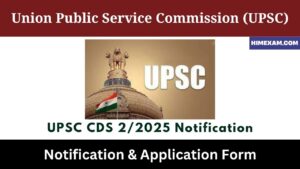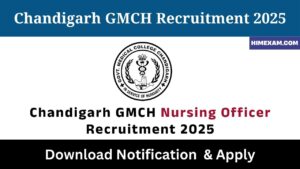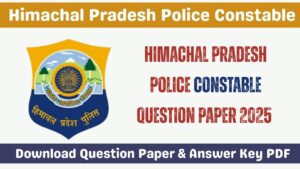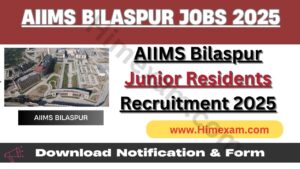Table of Contents
ToggleHPPSC Assistant Professor (Anaesthesia) Exam Syllabus
Proposed syllabus for descriptive Subject Aptitude Test (SAT) for the recruitment to post of Assistant Professor (Anaesthesia), Class-I (Gazetted). This paper shall be of 03 hours duration having 120 marks. The SAT paper shall have two parts i.e. Part-I and Part-II and shall cover following topics of M.D. or M.S. (Anaesthesiology) level.
HPPSC Assistant Professor (Anaesthesia) Exam Paper 2 Syllabus
| Part-I (60 marks) |
| 1.Anatomy related to : >> Diaphragm, upper and lower airway, >>Learn relevant, anatomy for regional anaesthesia and venous cannulations. >> Some anatomical areas of interest to the anaesthetist are Orbit of the Eye, Base of Skull, Vertebral Column, Spinal cord and meninges, Axilla, 1st Rib, Intercostal space. Fascial planes in back for blocks 2. Principles of physics and use of equipment in anaesthesia: >> Anaesthesia machine- checking the machine and assembly of necessary items. >> Airway equipment including Tracheostomy/ Equipments for airway managementmask, LMA, fibreoptic laryngoscopes; other devices like Combitubeetc, Supraglottic devices and their generations >> Breathing systems continuous flow systems, draw over system-Assembly and checking. >> Monitoring in Anaesthesia with concepts of minimal monitoring. >>Safety in Anaesthesia Equipments. Physics of equipment used in anaesthesia: >> Medical gases-storage, central pipeline system, scavenging system, Medical air. >>Reducing valves, cylinder types >> Anaesthesia machine, Humidifiers. >>Flow meters. >> Vaporizers- characteristics and functional specifications. >> Breathing systems-assembly, functional analysis, flow, minimum monitoring standards requirements. >>APL and flow directional valves. 3.Physiology related to:- >> Theories of mechanism of production of Anaesthesia. >> Respiratory, cardiovascular, hepatobiliary, renal and endocrine system, pregnancy, blood groups, muscle and N-M junction, ECG, regulation of temperature and metabolism, stress response, cerebral blood flow and ICP. 4. Pharmacology related to:- >> General pharmacological principles, pharmacogenomics >> Concepts of pharmacokinetic and pharmacodynamics. >> Uptake and distribution of inhaled anaesthesia agents. >> Drug interactions in Anaesthesiology. >> Drug used in Anaesthesia, Drugs used for treatment of diseases and interaction of these. 5. Biochemistry relevant to fluid balance and blood transfusion, perioperative fluid therapy, acid base homeostasis in health and diseases ,types of fluid used in perioperative period 6.Theoretical background of the commonly used anaesthetic techniques of general and regional anaesthesia, general principles of pre-anaesthetic assessment and medication, recovery from anaesthesia and post operative care, effects of positioning during anaesthesia, introduction to the operation theatre, post-anaesthesia care rooms, introduction to acute, chronic pain and pain management, documentation and medicolegal aspects of anaesthesia, defensive anaesthesia, concept of informed consent, resuscitation- basic and advanced life support (cardiac and trauma life support), neonatal resuscitation, intensive care of critical patients with introduction to artificial ventilation, management of unconscious patients, oxygen therapy, shock-pathophysiology and management, introduction to Research Methodology, basics of biostatistics. |
| PART-II (60 MARKS) |
| 1.Pharmacology of drugs used in cardiovascular, respiratory, endocrine, renal diseases and CNS disorders, interpretation of blood gases and other relevant biochemical values, various functions tests and basics of measurement techniques, ECG, Blood coagulation mechanism, disturbances, blood components, special anaesthetic techniques as relevant to- >> Outpatient anaesthesia, hypotensive anaesthesia, anaesthesia in abnormal environments including rural area and calamitous situations, >>Associated medical disorders in surgical patients. 2. Geriatric and pediatric anaesthesia, emergency, ENT, orthopaedic, ophthalmology, obstetrics, dental, radio-diagnosis and radiotherapy, medical statistics relevant to data collection, analysis, record keeping in anaesthesia, comparison and estimation of significance, care of terminally ill, hospices management, do not resuscitate orders, postures and anaesthesia, induced hypothermia, incidental. Environmental safety of patient, malignant hyperthermia, myasthenia gravis, GB syndrome and other neuromuscular disease, obesity, COPD, Diabetes mellitus, bronchial asthma and hypertensive cries, third world anaesthesia, inherited metabolic diseases and anaesthesia. 3. Principles of anaesthesia management of neuro/cardiac/thoracic/vascular/transplantation/burns and plastic surgery, anaesthesia for patients with severe cardiac, respiratory, renal and hepatobiliary disorder posted for unrelated surgery, shock, types, pathogenesis and management of patients in shock, renal failure, critically ill and/or on ventilator, multiple organ failure, infection control, cross contamination in OT and ICU, immune response and anaesthesia. 4.Concept of cytokines, and other enzymes, selection, maintenance and sterilization of anaesthesia and related equipment, chronic pain therapy and therapeutic nerve block, acupuncture, acupressure and other non-conventional methods of treatment, principles of neonatal resuscitation, ventilation and critical care, principles of human resources and material management. 5. General principles of medical audit, critical incident reporting, ethics sand clinical trial, hospital, ICU and OT design and planning, medical education including evidence based medical education. 6. ERAS Protocol for surgery and its implications for anaesthesiologist 7. Pain management: Therapeutic and diagnostic blocks, Neurolytic agents used for neural block, role of RF in pain management, WHO ladder, Intrathecal pumps, fascial plane blocks, Palliative care for cancer patients 8. Anaesthesia for trauma patients- assessment, shock definition and recognition, damage control surgery, massive transfusion protocol, assessment of coagulopathy and its management, blood component therapy 9. ICU care of patients-ARDS, stoke/neuromuscular diseases, diabetes, diabetic coma, sepsis, poisoning, renal replacement therapy,airway management in ICU, End of Life care, Brain death,POCUS in ICU,Targeted temperature therapy, oxygen therapyNBRM,NIV,HFNO |
More Pages:-
हेलो दोस्तों ,आपका हमारी वेबसाइट Himexam.com पर स्वागत है। जैसा की आपको पता है हमारी वेबसाइट Himexam.com आपको समय-समय पर सभी HP Govt Jobs & All India Govt Jobs की Notifications प्रदान करवाती है। साथ ही साथ Himachal Pradesh Exam Previous Paper और Himachal Pradesh GK ,Himachal Pradesh & National +International Current Affairs के सभी नोट्स मुफ्त उपलब्ध करवाते है। हमारी वेबसाइट के अलग अलग प्लेटफार्म पर pages & Group बने है जैसे की facebook ,Telegram और Instagram .. अगर आप हिमाचल के किसी भी पेपर की तैयारी कर रहे हो तो जल्दी से इन groups के साथ जुड़ जाएं इनके लिंक नीचे table में दिए गए है।
Join Us:-
| Like Our Facebook Page | Click here |
| Join Us oN Telegram | Click here |
| Join Us On Instagram | Click Here |

